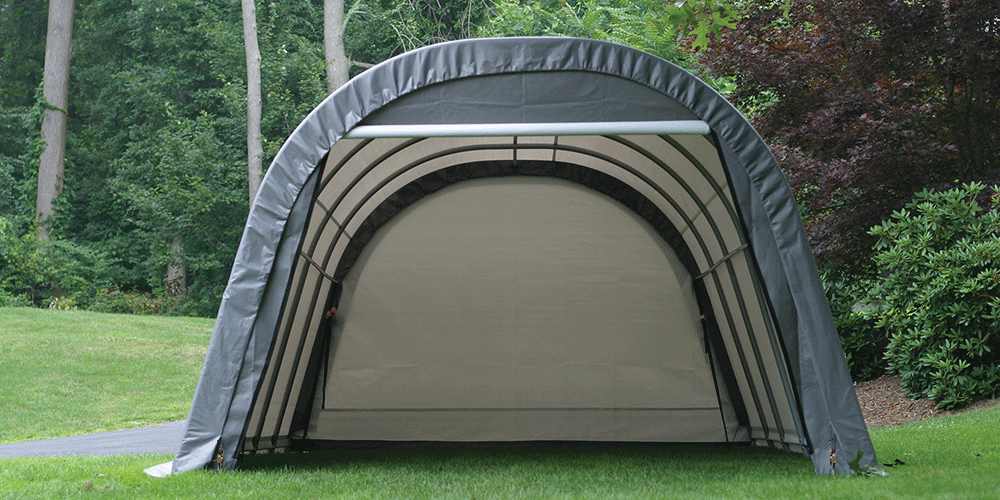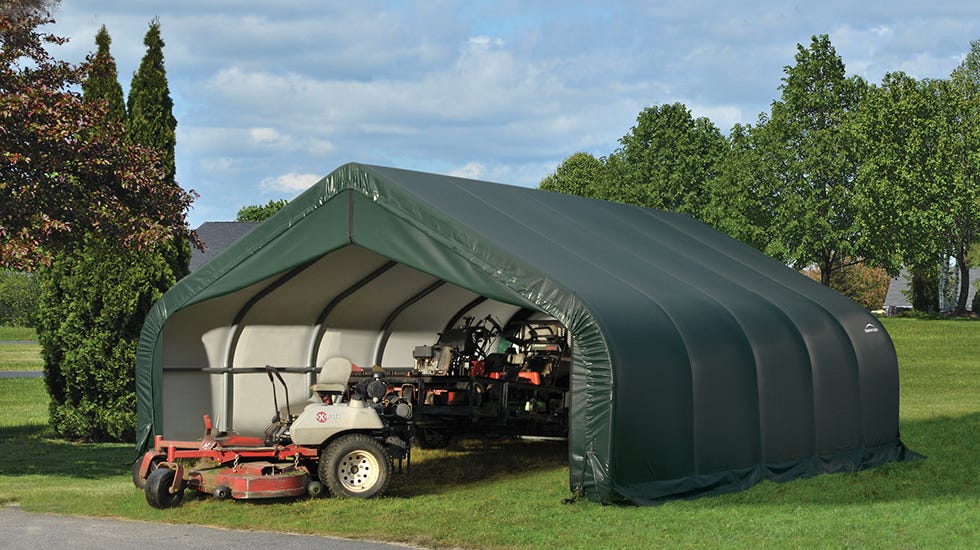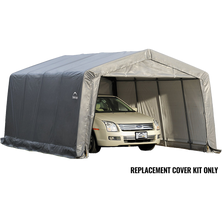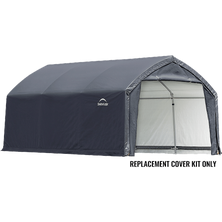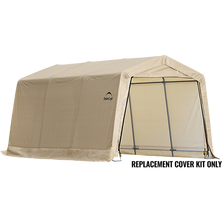A tarp building can be one of the best investments you can make in your backyard space. From storing gardening tools to seasonal items, to motorcycles or automobiles, these outdoor structures offer incredible protection for your belongings without breaking the bank. To keep tarp buildings looking great and standing strong, here are some key tips for ideal maintenance.
Maintenance Tips for Ultimate Longevity
The best thing you can do for your tarp shed is to keep an eye on it. Ensure the cover is fitting neatly and securely, which will combat possible tearing. It’s also a smart idea to look it over monthly to inspect for wear and tear. What could start off as a small issue has the possibility to turn into a larger problem if not fixed. Checking that the structure’s bolts are securely fastened is a simple way to make sure your tarp building is standing strong even in inclement weather.
Another easy way to keep your tarp building in tip top shape is to clean it properly. You may think it’s important to purchase special cleaner, but you should really just use old fashioned soap and water. The best way to clear away dirt and grime is to mix soap and water, and use a gentle brush on the inside and outside of your structure. Avoid pressure washers or any tools with sharp edges.
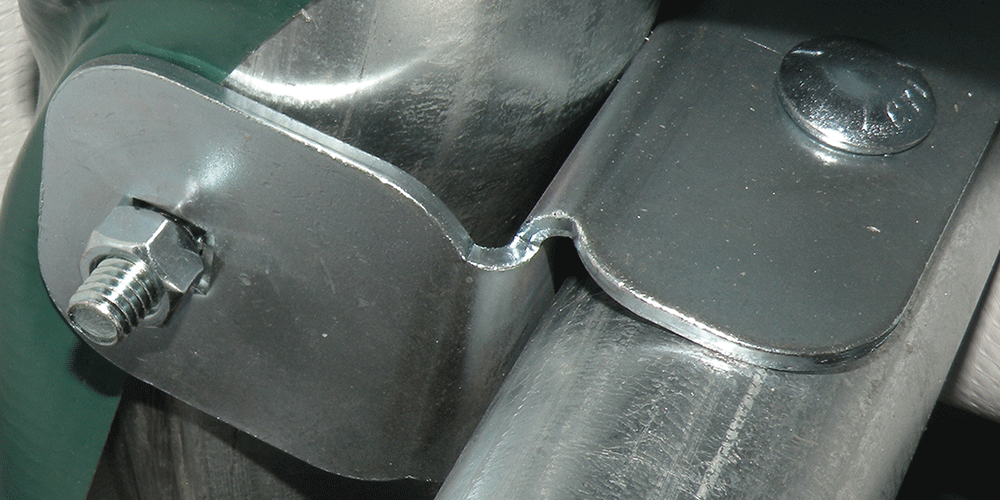

Inspect Tarp Buildings Quarterly
It’s always smart to inspect your building at the end of each season. This means giving it a thorough once-over to clean up any possible issues from the previous season to prepare for what’s next.
Check ratchet connections as well as the cover to make sure there is no slack in the webbing. If you notice any sagging, tighten the ratchet. If your tarp building is secured by bungees, think about replacing them if they appear worn from the previous season. Also make sure to fully remove debris from the roof. This should always be done immediately, but if you notice extra accumulation, make sure to clear your roof at least once every quarter.
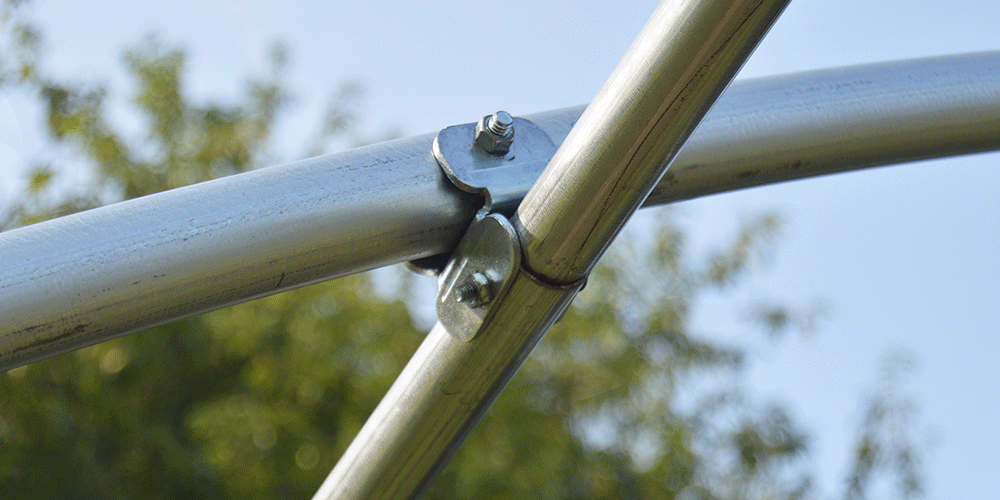

Breathing New Life into a Tarp Building
Your tarp building can have a long life ahead if you follow these simple maintenance tips. But even after years of ideal upkeep, Mother Nature can have an impact on the building’s tarp. ShelterLogic offers a simple way to give your current tarp building a huge upgrade without hurting your pocketbook. Simply choose your own replacement cover for a brand-new look and even more protection. All you have to do is type in your cover number on the replacement page, and you will be provided choices for a new cover. You can even upgrade to a thicker fabric if you want to increase protection. A new cover will mean years of enjoyment and an upgraded look for seasons to come.
